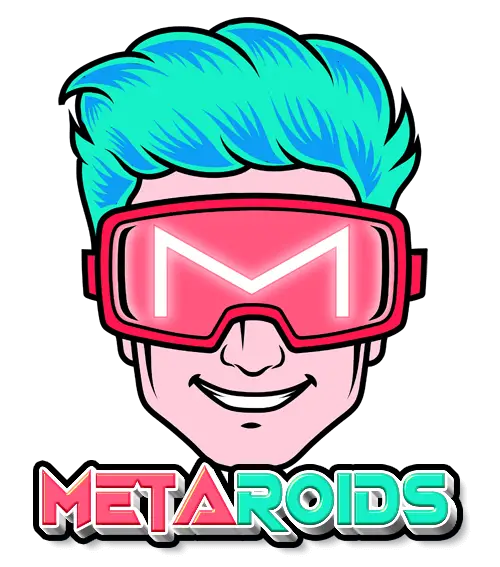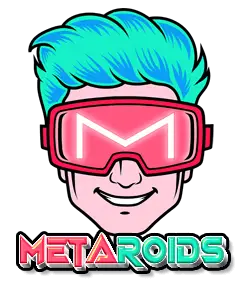If you have been following the cryptocurrency industry for some time, you are probably familiar with the term “decentralized finance,” sometimes known as “DeFi.” Since it is a brand-new area of finance, it was a popular topic all through the summer of 2020 and continues to be so even now.
The blockchain industry has recently invented the term “DeFi 2.0” to refer to a subset of DeFi protocols established on top of initial DeFi development company concepts such as yield farming, lending, and other related activity.
On-chain systems that use native tokens are prone to liquidity issues, and substantial DeFi 2.0 applications have made it a primary priority to find appropriate solutions.
In this article, we will talk about DeFi 2.0. In particular, we will discuss DeFi 2.0, explain how it is distinct from DeFi 1.0, and present an example of one of the most successful deployments of DeFi 2.0.
What is DeFi 2.0?
Before getting into DeFi 2.0, it is necessary to have a strong understanding of what the first generation of decentralized financial systems has to offer. DeFi is an umbrella term encompassing many different peer-to-peer financial services hosted on public blockchains, most prominently Ethereum.
The Evolution of DeFi 1.0 to DeFi 2.0
There was no specific time when the development of DeFi 2.0 got underway. The term “DeFi 2.0” refers to the solutions developed due to a greater awareness of the restrictions in “DeFi 1.0.”
The risk of experiencing a possible loss, the lack of insurance coverage, the enormous volume of traffic, and the relatively modest transaction rates contributed to the prospect of innovation.
DeFi 2.0: Why Is It Important?
DeFi 2.0 brings in a modern generation of groundbreaking decentralized financial protocols, which, at first glance, appear to overcome the problems that plagued the first iteration of DeFi.
The incorporation of new concepts as well as enhancements is going to be the focus of the second generation of DeFi. Consequently, it aims to strengthen the industry while simultaneously giving customers novel and interesting ways to achieve financial independence.
The DeFi market has proven to be challenging due to the high cost of gas and the lengthy amount of time it takes to execute transactions. As a direct consequence of these limitations, a great number of consumers have lost interest in making use of these devices.
In hopes of addressing them, the goal of DeFi 2.0 projects is to locate huge networks capable of fixing Ethereum’s scalability issues.
DeFi 2.0 Cases
The DeFi 1.0 Standard is Risky
The most significant worry is the risk that comes with adopting new technologies. Due to the volatility of different cryptocurrencies, DeFi 1.0 is laden with danger: price fluctuations may cause short-term losses for liquidity providers (LP).
DeFi 2.0 Reduces Risk
Having insurance that covers temporary losses can help alleviate those losses. Insurance for smart contracts may be used to defend them. Open-source organizations and insurance firms carry out security audits to ensure that smart contracts do not have any serious flaws or back doors. In addition, users are compensated for financial losses if they have insurance.
DeFi 1.0 is Still Lacks Accessibility
In most cases, accessibility is the second most significant challenge that brand-new technology must overcome.
In contrast to the past, when only a small percentage of people owned personal computers, today, everyone has access to the internet. Both the launch of cryptocurrency and DeFi 1.0 were met with challenges at their respective debuts.
DeFi 2.0 Merges Knowledge and Practice
The surrounding narrative of bitcoin could be adjusted with time, making it more suitable to the general community. As a result, it is now a topic that is frequently discussed. In line with this idea, the new version of DeFi (Decentralized Financial Intermediaries 2.0) makes DeFi available to everybody through two channels: education and contact with traditional financial institutions.
5 Top Projects Runs on DeFi 2.0
1. Olympus DAO
Olympus DAO, a pioneer in the DeFi 2.0 movement, is well-known for its innovative protocol-owned liquidity (POL) methodology. This method has garnered much praise. The native token of the platform is called OHM, and it is a decentralized autonomous organization that has its self-governance (DAO).
This cryptocurrency, according to Olympus, has the potential to serve as the central bank for the decentralized banking markets in the not-too-distant future. Since OHM tokens are backed by stablecoins such as DAI and FRAX, the price of OHM tokens can remain relatively unchanged.
Curve Finance
Curve Finance is the decentralized stable exchange that Convex Finance (CRV) uses, which is a decentralized financial network. This platform is beneficial not only for the parties engaged but also for liquidity providers.
Curve Finance liquidity providers can receive additional benefits through Convex, which frees them from needing to lock up their CRV tokens.
Abracadabra.money
A key participant in the DeFi 2.0 industry is the loan platform known as Abracadabra.money. Tokens that pay interest, such as yvWETH and yvUSDC, can be used as collateral for Magical Internet Money, the platform’s dollar-pegged stablecoin. The US dollar backs magic Internet Money.
Rarible (RARI)
Rarible, a well-known marketplace for NFTs, is supported by a massive ecosystem that includes the manufacture, storage, and trading of digital assets. Rarible’s primary objective is to deliver an open-source protocol that paves the way for developers to produce and sell non-fungible tokens (NFTs) rapidly.
The filtering of content is among the most important considerations. When developers use this capability, they can give NFT collectors a more immersive experience.
Tokemak (TOKE)
Tokemak is a liquidity aggregator for decentralized exchanges that operate in the bitcoin space. Users are allowed to profit while also contributing liquidity to DEX and DeFi platforms. Fixing inefficiencies in the existing market-making systems is the primary purpose of the framework.
Traditional market-making methods are prone to instability, high costs, and inefficiency, which can result in significant fees and dependence on large bitcoin holdings.
Conclusion
If we compare DeFi 2.0 to DeFi 1.0, the former is either an improvement or a significant step forward. In addition to that, it is a difficult subject.
Since most customers still need help with this issue, only some people should ever utilize financial products they completely understand. There is room for improvement, particularly concerning first-time customers.
Author Bio: My name is Marnus Harris, and I am a writer. I have been writing for over 4 years, and my expertise lies in the crypto, blockchain, DEFI Development, DeFi yield farming, and Defi smart contract industry. I enjoy writing about developments in the crypto and blockchain industry.
The views and opinions expressed by guest writers are completely their own and do not necessarily represent the views of Metaroids or its owners.
Join our newsletter as we build a community of AI and web3 pioneers.
The next 3-5 years is when new industry titans will emerge, and we want you to be one of them.
Benefits include:
- Receive updates on the most significant trends
- Receive crucial insights that will help you stay ahead in the tech world
- The chance to be part of our OG community, which will have exclusive membership perks


